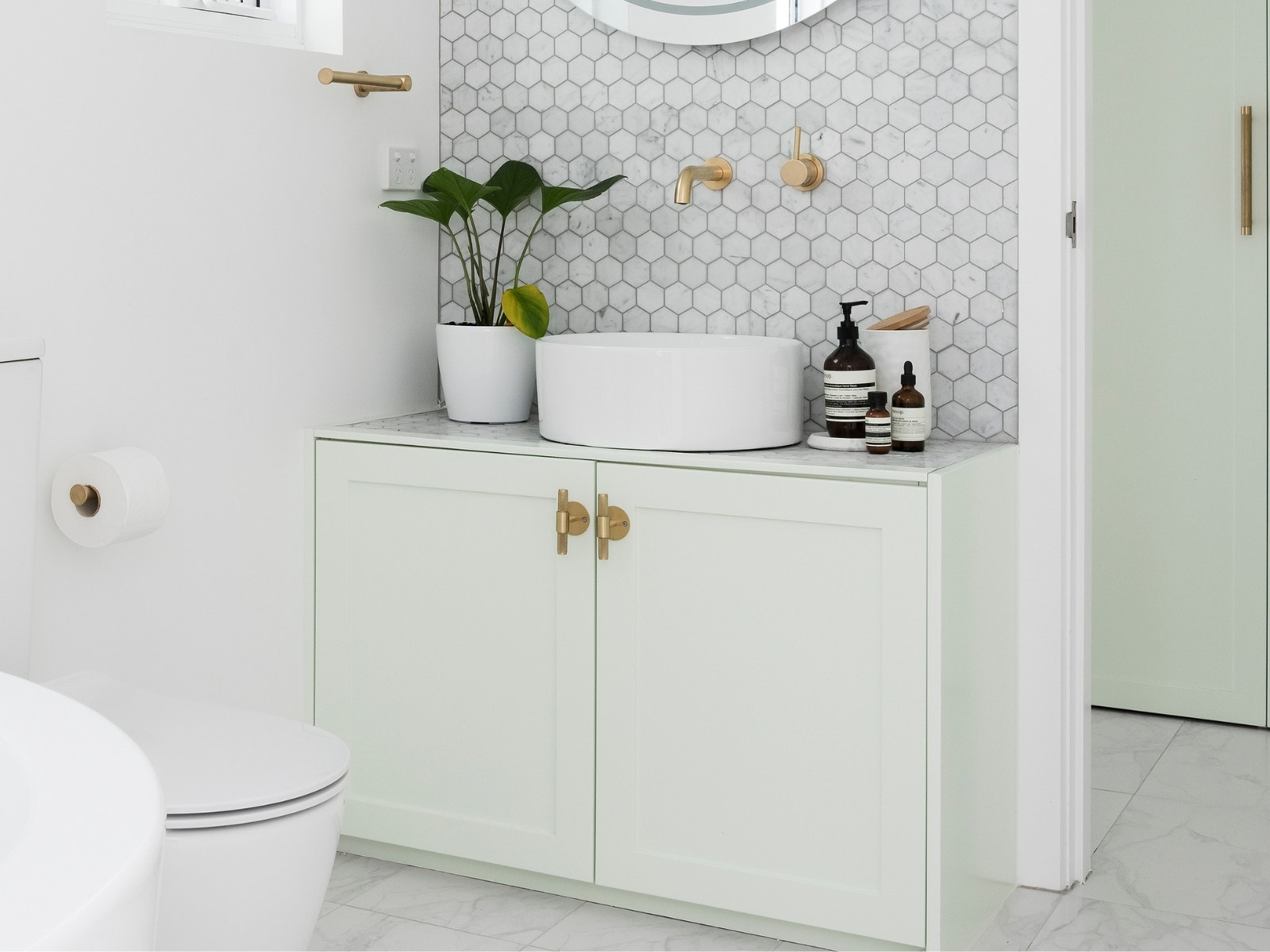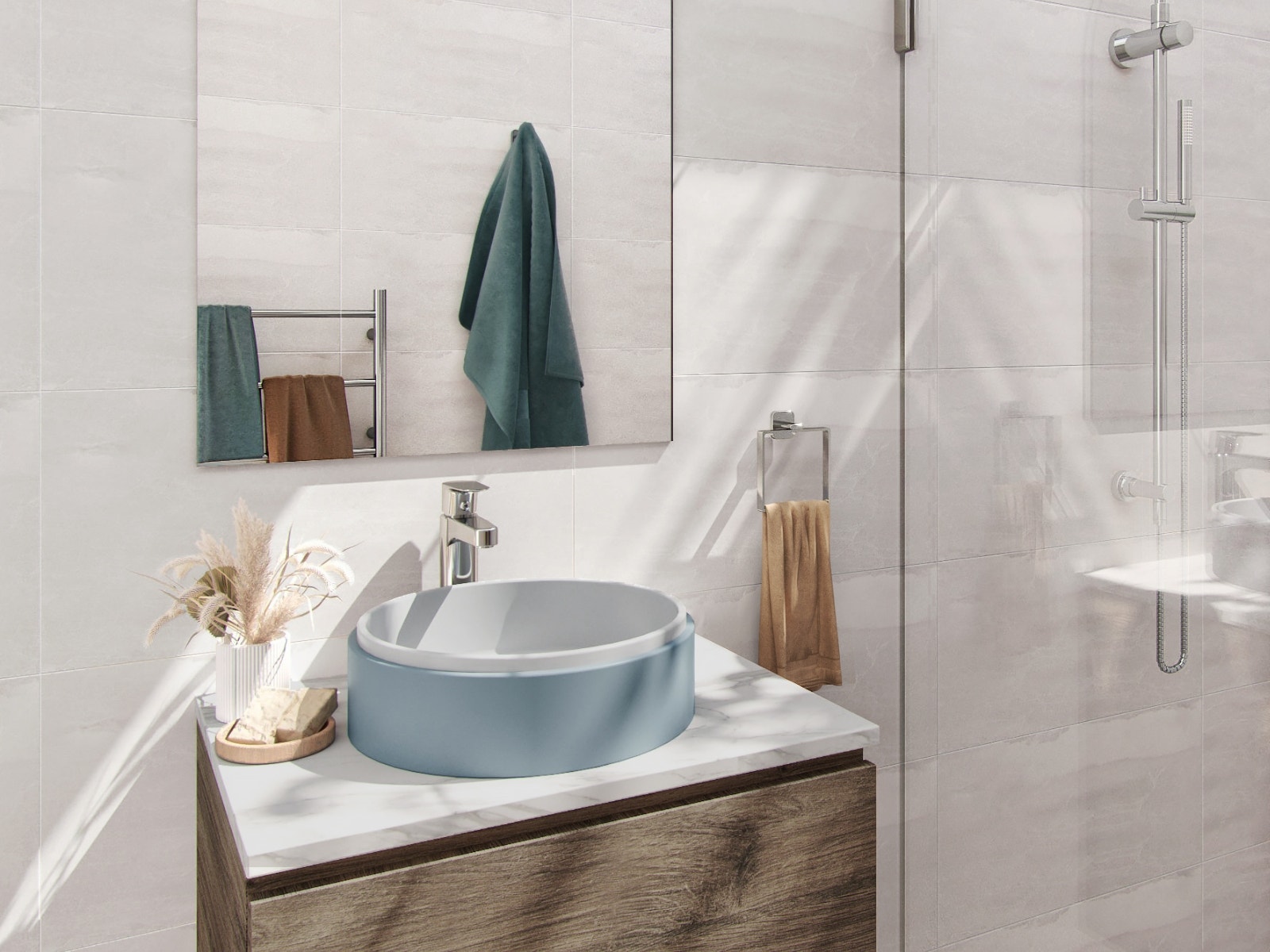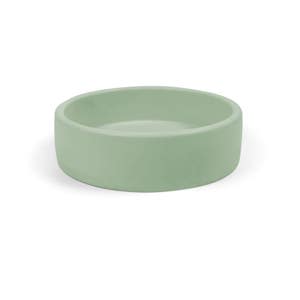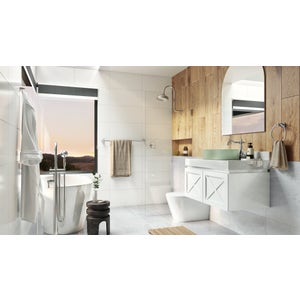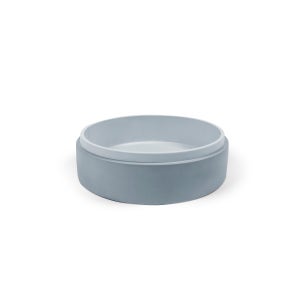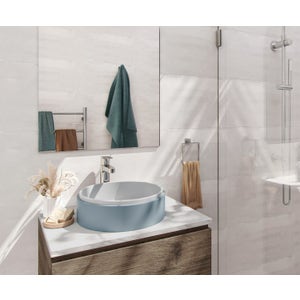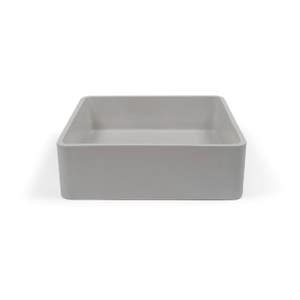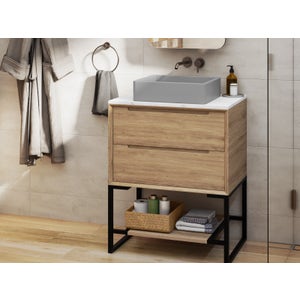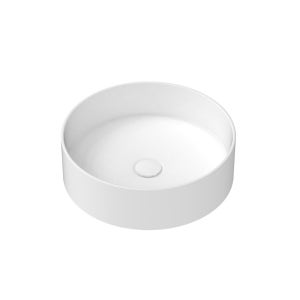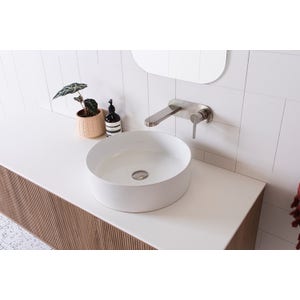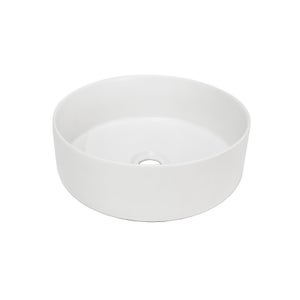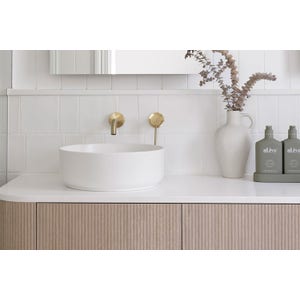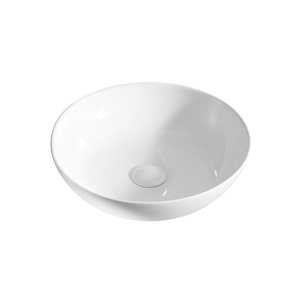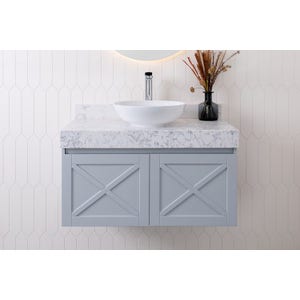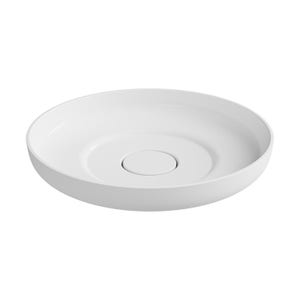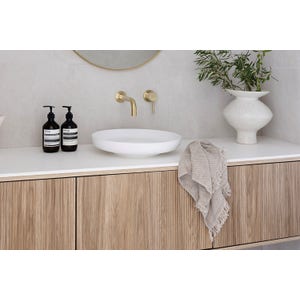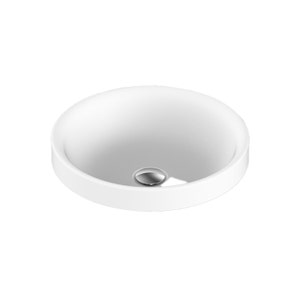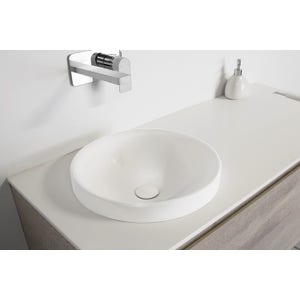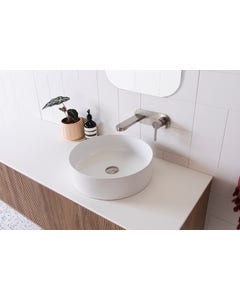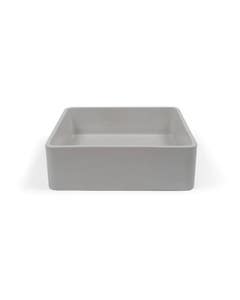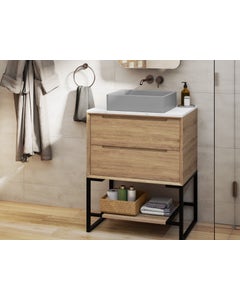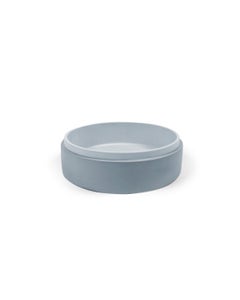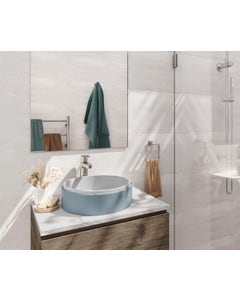Choosing the appropriate bathroom sink doesn't have to be a headache. The following outlines some of the most common types of bathroom sinks in the market to assist you in determining which type of sink will work best in your bathroom.
- Most bathrooms use wall-mounted sinks. They are attached to the walls of your bathroom, but there is no protection for the plumbing fittings and pipe supply as these elements are left uncovered. They are attached to wall brackets and do not contact the ground below. This sink is perfect for use in bathrooms with limited space due to its small footprint. If you want to install the sink on your own, it's not too difficult with this bathroom sink. Even though it's outdated, this type of sink can still be found in contemporary bathrooms as a work of art.
- Under-mounted sinks are mounted below the countertop when installed. Because they are much easier to clean than other options, they have frequently been selected for installation in families' bathrooms. Stone countertops protected from moisture by being sealed are typically considered the material of choice when installing under-mounted sinks.
- Top-mounted sinks are installed on the countertop, leaving only the lip exposed. In contrast to under-mounted sinks, this type of sink can be installed on a countertop made of wood or laminate without causing damage.
- Vessel sinks are aesthetically pleasing countertop fixtures that keep you from bending to rinse your face or brush your teeth. Vessel sinks resemble a large bowl that is fixed to a counter. It necessitates pop-up drains because it is a contemporary bathroom sink. This sink style has a faucet that must be mounted to the wall and has fittings and connections that are either exposed or concealed within your bathroom vanity countertop. No matter whether the fittings are hidden or visible, they are still fashionable and come in a variety of material kinds for even superior aesthetics.
- Pedestal sinks are a wonderful alternative for smaller bathrooms since they may be linked to a waste pipe on the floor even if there isn't a pipe in the wall to connect to; this makes pedestal sinks an extremely versatile option. The lack of room for storage is likely the major disadvantage associated with pedestal sinks.
- Corner sinks save the most space since they fit in a bathroom corner without a countertop. Most are wall-mounted, with a few mounted on pedestals. Corner sinks only fit in bathroom corners, so they're excellent for small bathrooms that want to seem elegant.
- Drop-in sinks, also known as self-rimming sinks, a drop-in sink has an additional lip that helps them stay in place above the countertop. Installing a drop-in sink to an existing bathroom vanity is simple. You do not need to make any significant changes to your original design. It is not surprising that drop-in sinks are employed in contemporary bathroom designs because they are quite fashionable. They are also available in many materials and shapes, making it even simpler to match them to an existing vanity and keep the design.
- Integrated sinks comprise a sink designed as an integral element of the countertop in the bathroom. They are frequently used in ready-made vanities as well as bathroom consoles. Although integrated sinks are simple to clean, their counter space is somewhat limited.

